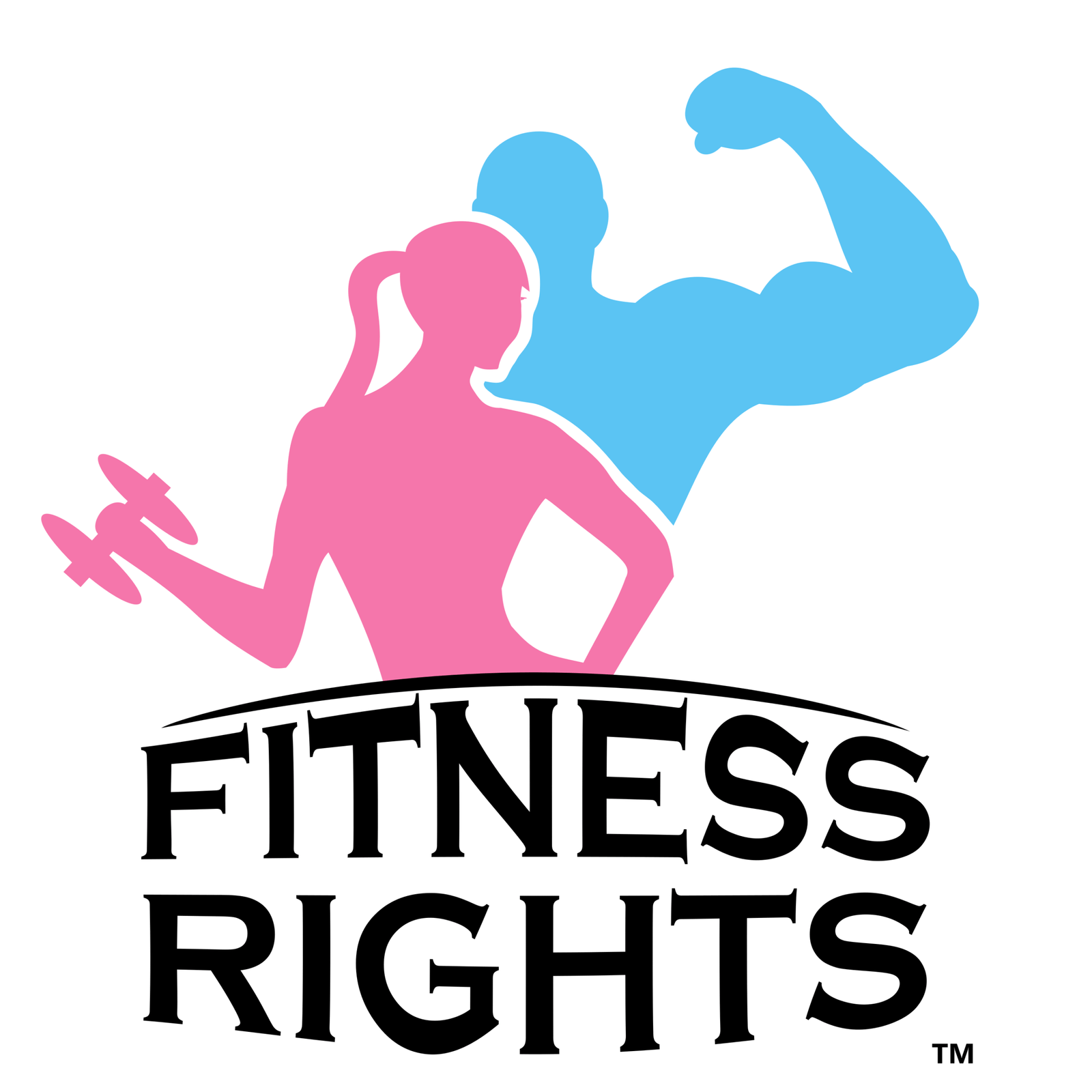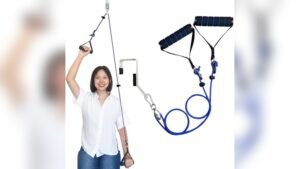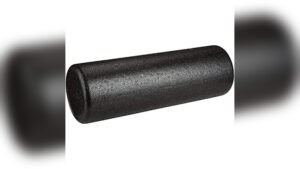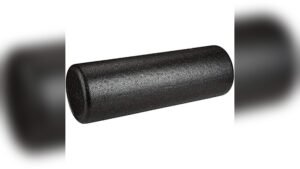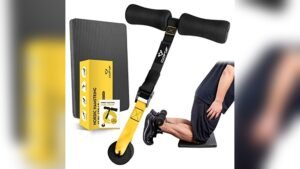Combining ballet, yoga, and Pilates into a single exercise routine offers a unique blend of grace, strength, flexibility, and mindfulness. This fusion not only enhances physical fitness but also promotes mental well-being. Historically, each of these disciplines has its roots in different cultures and periods, yet they complement each other beautifully when integrated into a cohesive workout. Ballet, originating in the Italian Renaissance courts of the 15th century, emphasizes poise and fluidity. Yoga, dating back over 5,000 years in ancient India, focuses on balance and inner peace. Pilates, developed in the early 20th century by Joseph Pilates, aims to strengthen the core and improve overall body alignment.
Table of Contents
ToggleBenefits of Combining Ballet, Yoga, and Pilates
Enhanced Flexibility and Strength
Integrating these three disciplines can significantly improve flexibility and strength. Ballet movements, such as pliés and arabesques, stretch and tone muscles, while yoga poses (asanas) enhance flexibility and balance. Pilates exercises, like the hundred and roll-up, focus on core strength and stability.
Improved Posture and Alignment
Ballet’s emphasis on proper alignment and posture, combined with Pilates’ core-strengthening exercises, can lead to better posture and reduced back pain. Yoga’s focus on body awareness further enhances this benefit, making it easier to maintain correct posture throughout daily activities.
Mental Clarity and Stress Relief
Yoga and Pilates both incorporate breathing techniques and mindfulness, which can reduce stress and improve mental clarity. Ballet’s rhythmic movements are also meditative, providing a mental escape from daily stressors.
Key Components of Ballet, Yoga, and Pilates
Ballet: Grace and Strength
Ballet is known for its elegant movements and rigorous training. Key components include:
• Barre Work: Exercises performed at the barre to warm up and strengthen muscles.
• Center Work: Movements performed in the center of the room to improve balance and coordination.
• Across the Floor: Traveling movements that enhance agility and grace.
Yoga: Flexibility and Mindfulness
Yoga combines physical postures, breathing exercises, and meditation. Key components include:
• Asanas: Physical postures that improve flexibility, strength, and balance.
• Pranayama: Breathing exercises that enhance lung capacity and reduce stress.
• Meditation: Techniques to calm the mind and promote mental clarity.
Pilates: Core Strength and Stability
Pilates focuses on strengthening the core and improving overall body alignment. Key components include:
• Mat Exercises: Movements performed on a mat to strengthen the core and improve flexibility.
• Reformer Exercises: Movements performed on a Pilates reformer machine to enhance resistance training.
• Breathing Techniques: Exercises that coordinate breath with movement to improve efficiency and control.
Creating a Balanced Workout Routine
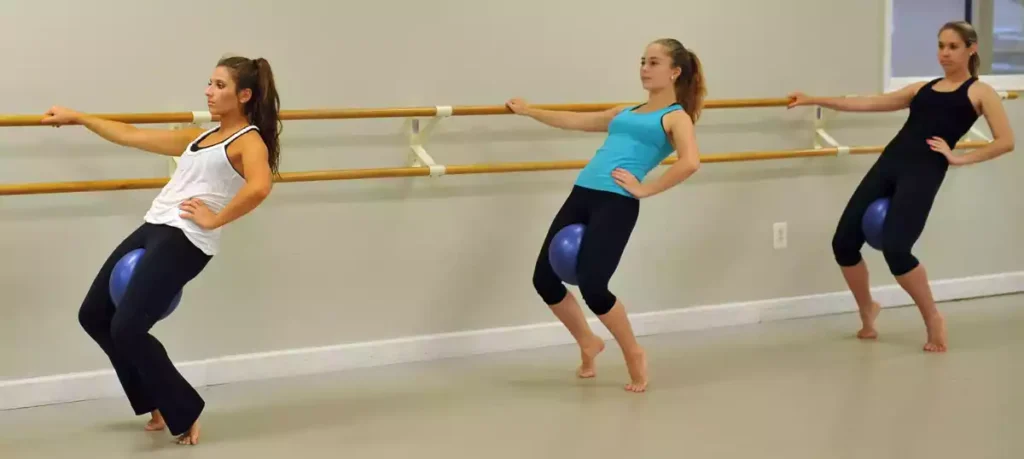
Warm-Up
Begin with a gentle warm-up to prepare the body for exercise. This can include:
• Dynamic Stretching: Movements that gently stretch the muscles and increase blood flow.
• Light Cardio: Activities like walking or jogging in place to raise the heart rate.
Main Workout
Incorporate elements of ballet, yoga, and Pilates into the main workout. For example:
• Ballet Barre Exercises: Perform pliés, relevés, and tendus at the barre to strengthen and tone the legs.
• Yoga Flow: Move through a series of yoga poses, such as downward dog, warrior, and tree pose, to improve flexibility and balance.
• Pilates Core Work: Perform exercises like the hundred, roll-up, and leg circles to strengthen the core and improve stability.
Cool Down
End with a cool-down to relax the muscles and promote recovery. This can include:
• Static Stretching: Hold stretches for 20-30 seconds to lengthen the muscles and improve flexibility.
• Deep Breathing: Practice deep breathing exercises to calm the mind and reduce stress.
Common Mistakes to Avoid
Overtraining
It’s important to listen to your body and avoid overtraining. Incorporating rest days into your routine can prevent injury and promote recovery.
Incorrect Form
Maintaining proper form is crucial to prevent injury and maximize the benefits of each exercise. Consider working with a qualified instructor to ensure correct technique.
Neglecting Breath Control
Breath control is a key component of yoga and Pilates. Focusing on your breath can enhance the effectiveness of each movement and promote relaxation.
Variations and Modifications
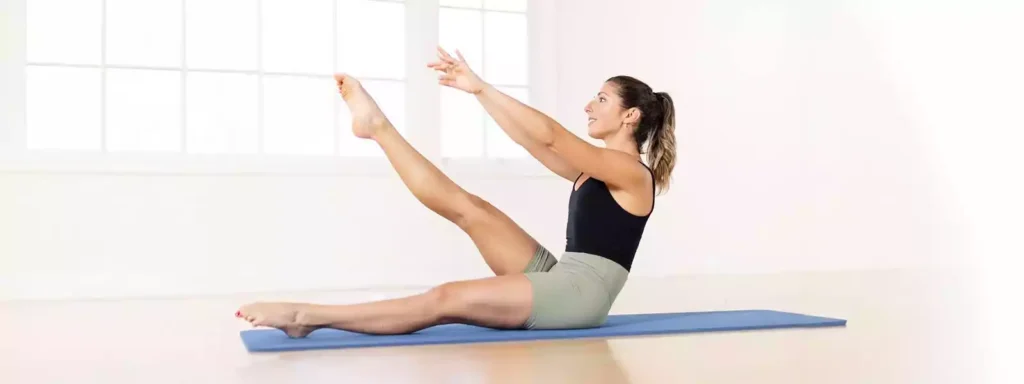
Beginner Modifications
For beginners, it’s important to start with basic movements and gradually progress to more advanced exercises. Modifications can include:
• Using Props: Yoga blocks, straps, and Pilates rings can provide support and make exercises more accessible.
• Reducing Range of Motion: Performing movements with a smaller range of motion can make them easier to execute.
Advanced Variations
For more advanced practitioners, variations can add challenge and intensity to the workout. These can include:
• Adding Resistance: Using resistance bands or weights can increase the difficulty of exercises.
• Increasing Repetitions: Performing more repetitions can enhance endurance and strength.
Relevant Data Table for the Exercise That Incorporates Ballet, Yoga, and Pilates
| Exercise Component | Ballet | Yoga | Pilates |
| Focus | Grace and Strength | Flexibility and Mindfulness | Core Strength and Stability |
| Key Benefits | Improved Posture, Muscle Tone | Stress Relief, Flexibility | Core Strength, Posture Improvement |
| Typical Movements | Plies, Relevés, Arabesques | Asanas, Pranayama, Meditation | Hundred, Roll-Up, Leg Circles |
| Equipment | Ballet Barre, Floor | Yoga Mat, Blocks, Straps | Pilates Reformer, Mat, Ring |
| Class Structure | Warm-Up, Barre Work, Center Work | Warm-Up, Sequence of Poses, Cool Down | Warm-Up, Series of Exercises, Cool Down |
FAQs
What are the benefits of combining ballet, yoga, and Pilates?
Combining these three disciplines offers a comprehensive workout that enhances flexibility, strength, balance, and mindfulness. Ballet movements improve posture and muscle tone, yoga poses increase flexibility and reduce stress, and Pilates exercises strengthen the core and improve overall body alignment. This fusion provides a well-rounded approach to fitness, promoting both physical and mental well-being.
Can beginners try this combined exercise routine?
Yes, beginners can try this combined exercise routine. It’s important to start with basic movements and gradually progress to more advanced exercises as you build strength and flexibility. Using props like yoga blocks, straps, and Pilates rings can provide support and make exercises more accessible. Working with a qualified instructor can also ensure correct technique and prevent injury.
What equipment do I need for this workout?
For this combined workout, you will need a yoga mat, and optionally, a ballet barre, yoga blocks, straps, and a Pilates ring or reformer. Many exercises can be modified to be performed without specialized equipment. For example, a sturdy chair can be used in place of a ballet barre, and household items like towels or belts can substitute for yoga straps.
How often should I practice this combined routine?
For optimal results, aim to practice this combined routine 3-4 times a week. Consistency is key to seeing improvements in strength, flexibility, and overall fitness. It’s also important to incorporate rest days into your routine to allow your muscles to recover and prevent overtraining. Listening to your body and adjusting the intensity of your workouts as needed can help you achieve a balanced and sustainable fitness regimen.
What are some common mistakes to avoid in this workout?
Common mistakes to avoid in this combined workout include overtraining, incorrect form, and neglecting breath control. Overtraining can lead to injury and burnout, so it’s important to listen to your body and incorporate rest days. Maintaining proper form is crucial to prevent injury and maximize the benefits of each exercise. Working with a qualified instructor can help ensure correct technique. Breath control is a key component of yoga and Pilates, and focusing on your breath can enhance the effectiveness of each movement and promote relaxation.
Conclusion
Incorporating elements of ballet, yoga, and Pilates into your exercise routine offers a well-rounded approach to fitness. This combination not only enhances physical strength and flexibility but also promotes mental well-being and body awareness. Whether you are a beginner or an experienced practitioner, this integrated workout can help you achieve a balanced and healthy lifestyle. For more information on this unique exercise routine, you can visit Danword and South Bend Tribune.
Posts References:
Exercise that incorporates ballet, yoga and Pilates – Dan Word
New workout combines ballet, Pilates and yoga methods
